Fruit Tree Pruning Basics
Welcome to the world of fruit tree pruning! If you're a gardener or simply someone who loves the idea of growing your own fruit, understanding the basics of pruning is essential. Think of pruning as a haircut for your trees; it might seem a bit drastic at first, but it’s all about promoting healthy growth and ensuring your trees produce the best fruit possible. Just as we trim our hair to keep it healthy and stylish, pruning helps your trees thrive, allowing them to flourish in their environment.
Pruning is not just a chore; it's a vital practice that can transform how your trees grow and produce fruit. When done correctly, it can lead to **better air circulation**, **more sunlight exposure**, and ultimately, a **bountiful harvest**. Imagine walking through your garden and seeing trees laden with juicy apples, plump oranges, or sweet peaches—all thanks to a little TLC in the form of pruning!
So, why should you care about pruning? First and foremost, it helps to remove dead or diseased branches, which can hinder the overall health of the tree. By cutting away these parts, you're allowing the tree to focus its energy on producing new growth. Additionally, proper pruning encourages the development of a strong structure. This is particularly important for fruit trees, as a well-shaped tree can support heavier fruit loads without breaking branches. Just picture a tree with a sturdy framework, standing tall and proud, ready to deliver its delicious bounty!
Moreover, pruning can significantly enhance the quality of the fruit. When you prune, you’re essentially telling the tree, “Hey, focus on these fruits right here!” This means that the remaining fruit can grow larger and tastier. It’s like choosing to focus on a few really good projects instead of spreading yourself too thin with many mediocre ones. Your tree will thank you for it!
Now that we've established the importance of pruning, let's dive into when is the best time to get those shears out. Timing is everything in the gardening world, especially when it comes to fruit trees. Different trees have unique pruning schedules that align with their growth cycles. Knowing when to prune can be the difference between a thriving tree and one that struggles to produce.
In summary, understanding the basics of fruit tree pruning is not just about aesthetics; it's about promoting a healthy, productive tree. With the right techniques and timing, you can ensure that your fruit trees are not only beautiful but also fruitful. So grab your tools, roll up your sleeves, and let's get pruning!
- What is the best time of year to prune fruit trees? Generally, late winter or early spring is ideal, just before the trees break dormancy.
- Can I prune my fruit trees in the summer? Yes, summer pruning can help control growth and improve fruit quality.
- What tools do I need for pruning? Essential tools include pruning shears, loppers, and saws for larger branches.
- How much should I prune? It depends on the tree species, but a good rule of thumb is to remove about 20% of the tree’s growth.
- What are the signs that a tree needs pruning? Look for dead or diseased branches, overcrowding, or branches that cross each other.
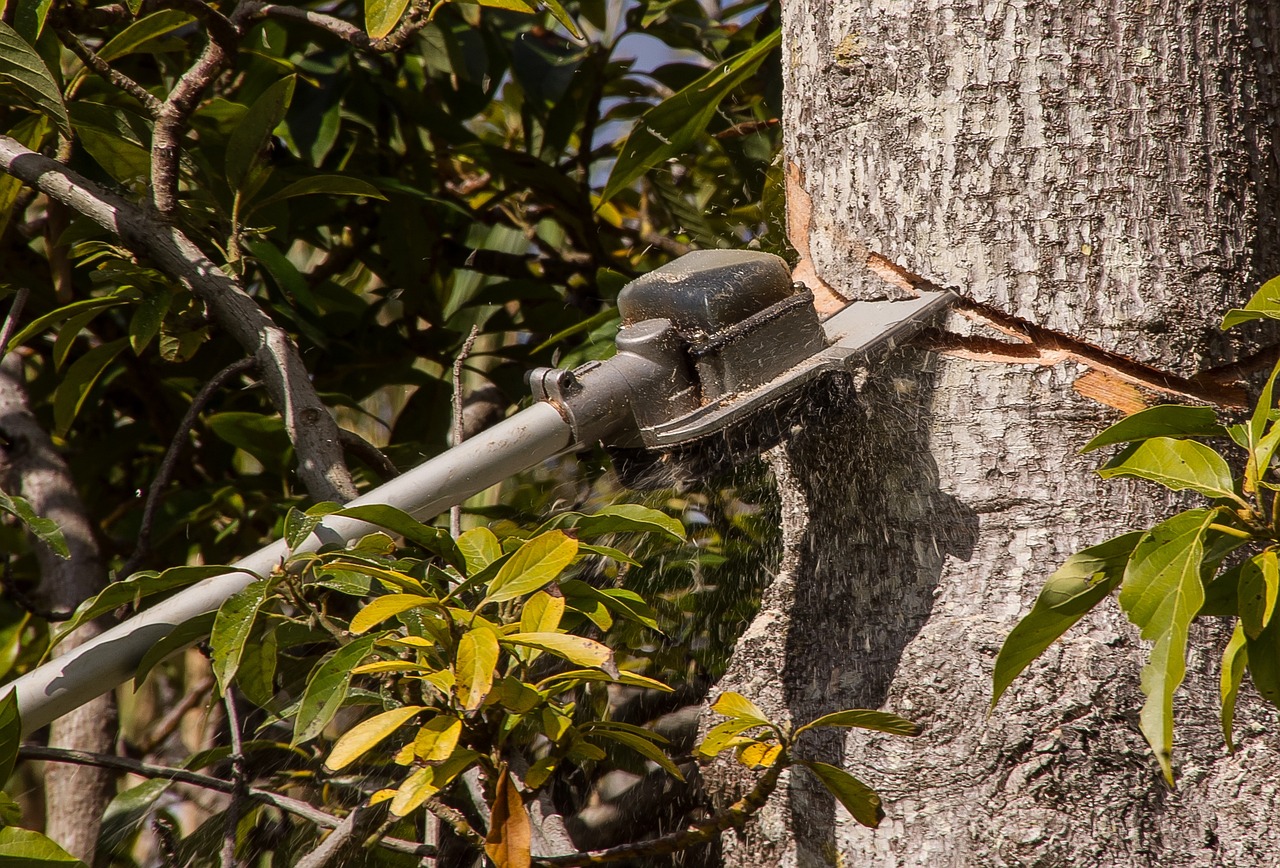
Importance of Pruning
This article explores the fundamental techniques and benefits of pruning fruit trees, ensuring healthy growth and optimal fruit production. Learn the essential practices to maintain your trees effectively.
Pruning is not just a chore; it’s a vital practice that can make or break the health of your fruit trees. Think of pruning as giving your trees a haircut; it helps them grow stronger, healthier, and more productive. When done correctly, pruning promotes healthy growth, increases fruit yield, and improves air circulation. Without proper pruning, trees can become overcrowded, leading to competition for nutrients and sunlight, which can hinder their growth and fruit production.
One of the most significant benefits of pruning is that it allows for better air circulation within the tree canopy. This is crucial because good air flow helps to reduce the risk of fungal diseases and pests that thrive in dense, humid environments. Imagine trying to breathe in a crowded room—it's tough! Trees feel the same way when their branches are too close together.
Moreover, pruning encourages the development of strong structural branches. By removing weak or crossing branches, you’re guiding your tree to grow in a way that supports its weight when it’s laden with fruit. This not only enhances the tree's overall health but also improves fruit quality. Healthy trees produce better-tasting and more abundant fruit, which is a win-win for any gardener!
Understanding the importance of pruning helps you make informed decisions about your trees. It’s not just about cutting branches; it's about enhancing the tree's ability to thrive in its environment. Here are some key reasons why pruning is essential:
- Promotes healthy growth: Regular pruning stimulates new growth and helps maintain the tree's shape.
- Increases fruit yield: By optimizing the tree's structure, you can significantly boost the quantity and quality of fruit produced.
- Improves air circulation: Properly pruned trees have better airflow, reducing the risk of diseases.
- Enhances sunlight exposure: Pruning allows sunlight to penetrate the canopy, which is essential for photosynthesis.
In summary, pruning is a crucial aspect of fruit tree care that offers numerous benefits. By investing time and effort into understanding and implementing effective pruning techniques, you can ensure that your trees remain healthy, productive, and beautiful. So, grab those pruning shears and give your trees the care they deserve!
Timing your pruning is essential for maximizing tree health. Different fruit trees have specific seasons for pruning, which can influence flowering and fruiting cycles.
Winter is often the best time to prune many fruit trees, allowing for easier visibility of the tree structure and minimizing stress during dormancy.
Using the right tools ensures clean cuts and reduces the risk of disease. Essential tools include pruning shears, loppers, and saws tailored for different branch sizes.
Avoiding common pitfalls, such as over-pruning or improper cuts, can significantly impact tree health. Recognizing these errors helps maintain optimal growth.
Summer pruning can be beneficial for controlling tree size and encouraging fruit development. It focuses on removing excessive growth and improving sunlight penetration.
Each type of fruit tree requires specific pruning techniques to thrive. Understanding these differences is key to successful fruit production.
Apple trees benefit from a balanced approach to pruning, emphasizing shape and airflow. Proper techniques can enhance fruit quality and quantity.
Citrus trees require careful pruning to maintain their shape and promote healthy fruit production. Learning the right methods can lead to abundant harvests.
Q: How often should I prune my fruit trees?
A: It depends on the type of tree and its growth habits. Generally, annual pruning is recommended, but some trees may benefit from more frequent shaping.
Q: Can I prune my trees at any time of the year?
A: While some pruning can be done year-round, the best times are typically in late winter or early spring before new growth begins. Summer pruning is also effective for certain trees.
Q: What should I do with the branches I prune?
A: You can compost healthy branches, but diseased ones should be disposed of properly to prevent spreading any potential issues.
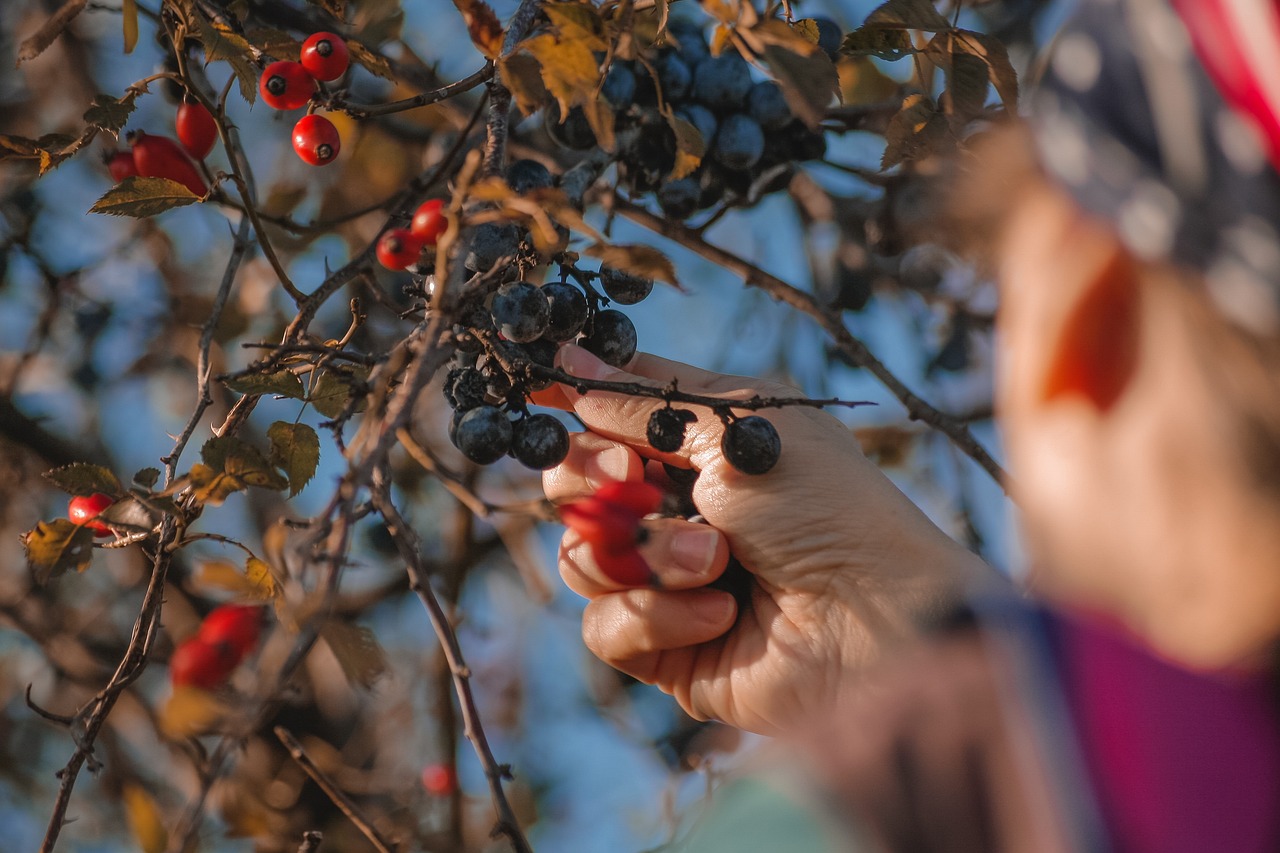
Best Time to Prune
Timing your pruning is essential for maximizing tree health and ensuring that your fruit trees thrive. Each type of fruit tree has its own specific season for pruning, and getting this timing right can significantly influence the flowering and fruiting cycles of the tree. Have you ever wondered why some trees produce more fruit than others? Well, much of it boils down to when and how they are pruned!
Generally, the best time to prune fruit trees can be categorized into two main seasons: winter and summer. Winter pruning is often recommended for many varieties, as the trees are dormant during this time. This dormancy allows for easier visibility of the tree structure, enabling you to make precise cuts without stressing the tree. It’s like taking a good look at a puzzle before you start piecing it together. You want to see the whole picture first!
On the other hand, summer pruning has its own set of benefits. It’s particularly useful for controlling the size of the tree and encouraging fruit development. Think of it as a haircut for your tree—removing excessive growth allows more sunlight to penetrate the branches, promoting healthier fruit. In fact, studies show that summer pruning can enhance fruit quality by allowing the tree to focus its energy on fewer, but more robust, fruits.
To help you understand the best times for pruning different types of fruit trees, here’s a quick reference table:
| Fruit Tree Type | Best Time to Prune | Reason |
|---|---|---|
| Apple Trees | Late Winter to Early Spring | Encourages new growth and enhances fruit quality. |
| Citrus Trees | Late Winter or Early Spring | Promotes healthy growth and fruit production. |
| Peach Trees | Late Winter | Prepares the tree for vigorous spring growth. |
| Cherry Trees | Summer | Minimizes risk of disease and encourages fruit set. |
Remember, the timing of your pruning can vary based on your local climate and the specific variety of fruit tree you have. It’s always a good idea to consult local gardening resources or extension services to get tailored advice for your area. After all, the right timing can make all the difference between a bountiful harvest and a disappointing yield!
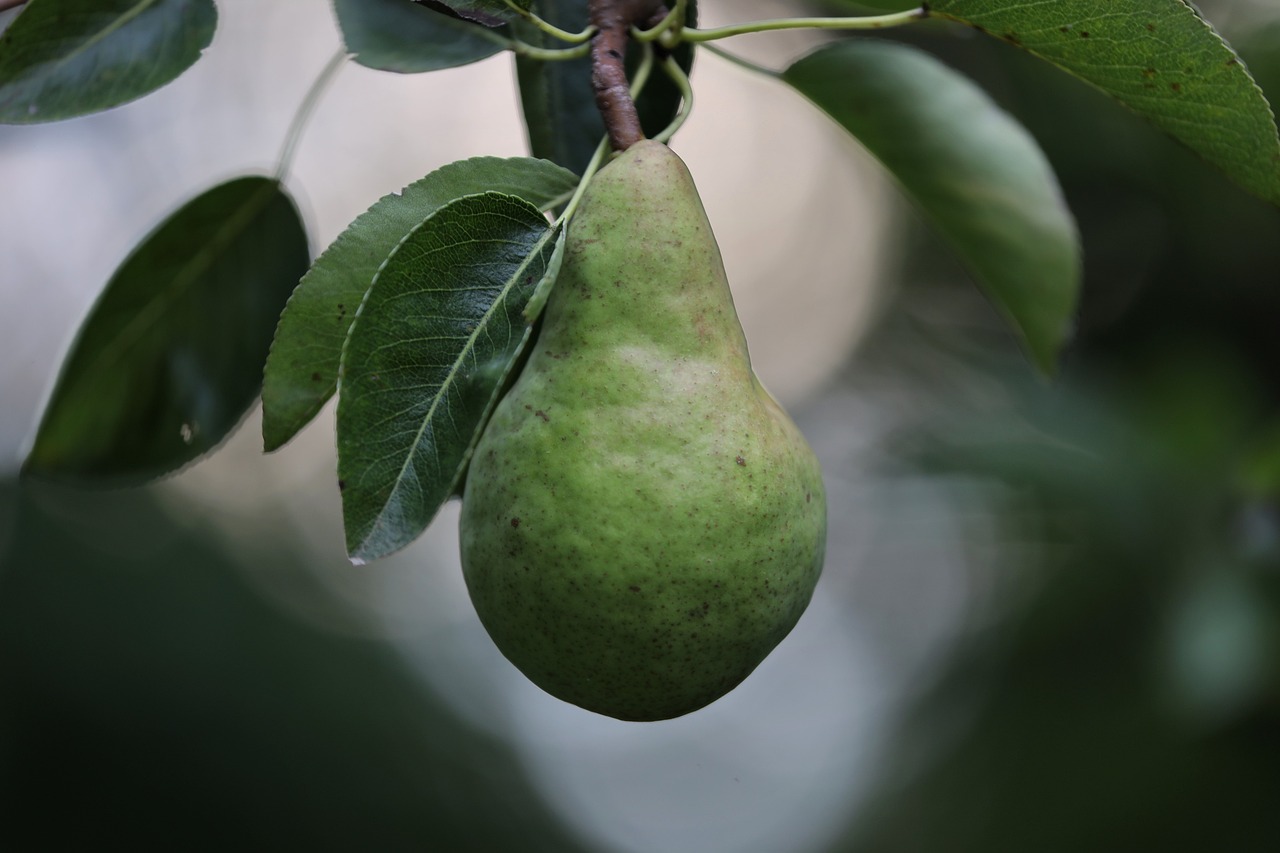
Winter Pruning Techniques
Winter is often hailed as the prime season for pruning fruit trees, and for good reason! During this dormant period, trees are not actively growing, which means they can handle the stress of pruning much better. But what exactly does winter pruning entail? It's not just about snipping away branches; it's a strategic approach to ensure your trees thrive come spring. Think of it as giving your trees a fresh haircut before the big show of new growth begins!
One of the key techniques in winter pruning is known as "thinning." This involves removing certain branches to improve light penetration and air circulation within the canopy. Imagine a crowded party where everyone is stepping on each other's toes—it's hard to enjoy the festivities! By thinning out branches, you're allowing each limb the space it needs to flourish and produce fruit. Additionally, this technique helps reduce the risk of diseases that can thrive in damp, crowded conditions.
Another important aspect of winter pruning is "heading back." This technique involves cutting back the tips of branches to encourage bushier growth. When you head back a branch, you're essentially telling the tree, "Hey, grow outwards, not just upwards!" This is particularly beneficial for younger trees that need to establish a strong framework. However, be cautious—too much heading back can lead to excessive growth that may become unruly in the warmer months.
But before you grab those pruning shears, it’s vital to assess the tree's structure. Look for any dead, damaged, or diseased branches and remove them first. These branches can be likened to weeds in a garden; they suck up resources and hinder the healthy growth of the rest of the tree. Cutting them away not only promotes overall health but also enhances the tree's aesthetic appeal.
Now, you might be wondering about the specific cuts to make. Here’s a quick guide:
| Type of Cut | Description |
|---|---|
| Thinning Cut | Removes entire branches to improve light and airflow. |
| Heading Cut | Shortens branches to encourage denser growth. |
| Renewal Cut | Removes older branches to allow new growth. |
Ultimately, winter pruning is about balance. You want to create a structure that supports healthy growth while also maintaining the tree's natural shape. Think of it as sculpting a masterpiece from a block of marble; each cut reveals the beauty hidden within. And remember, the goal is to enhance the tree's ability to produce fruit, so don’t shy away from making those important cuts!
In summary, winter pruning is a crucial practice that can lead to healthier, more productive fruit trees. By employing techniques like thinning and heading back, and by making informed cuts, you set the stage for an abundant harvest in the coming seasons. So, bundle up, grab your tools, and give your trees the care they deserve this winter!
- When is the best time to prune fruit trees? Winter is generally the best time for most fruit trees, as they are dormant and can recover more easily.
- What tools do I need for winter pruning? Essential tools include pruning shears, loppers, and saws, depending on the size of the branches.
- Can I prune my trees too much? Yes, over-pruning can stress the tree and reduce fruit production. It's important to prune judiciously.
- What should I do with the cut branches? You can compost smaller branches, while larger ones can be chipped or used for firewood.
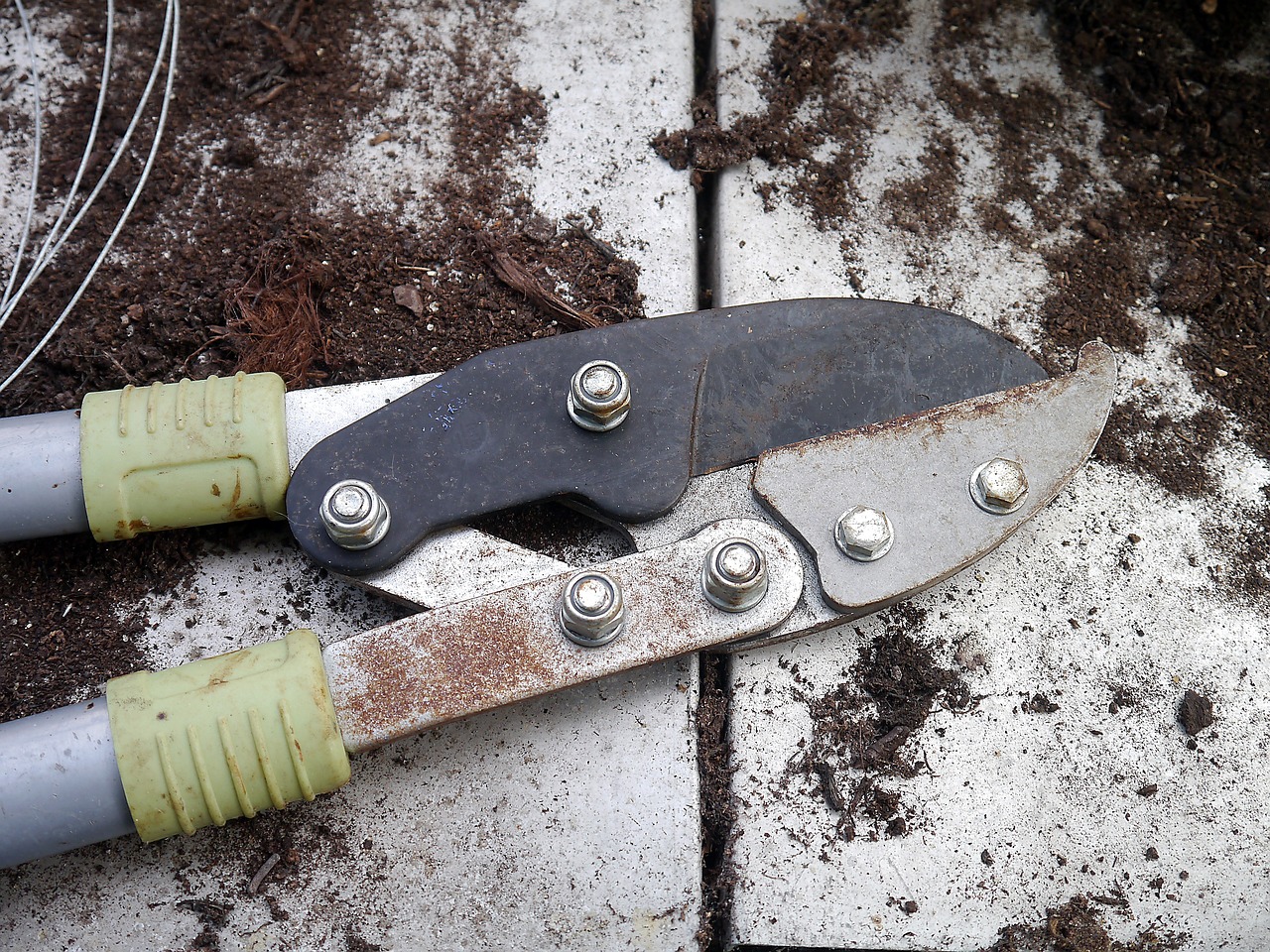
Tools Needed for Winter Pruning
When it comes to winter pruning, having the right tools is absolutely essential. Think of pruning tools as your best friends in the garden; they help you shape your trees, promote healthy growth, and ultimately lead to a bountiful harvest. Without the proper equipment, you might find yourself struggling, and nobody wants that! So, let’s dive into the must-have tools that will make your winter pruning a breeze.
First up, pruning shears are your go-to tool for smaller branches. They’re like a trusty pair of scissors but designed specifically for the task at hand. A good pair of pruning shears allows for precise cuts, which is crucial for preventing damage to your trees. Look for shears that are sharp and comfortable to hold; this will help you avoid hand fatigue as you work your way through your trees.
Next, we have loppers. These are essentially the bigger siblings of pruning shears and are perfect for tackling medium-sized branches that are too thick for your shears. With long handles, loppers give you the leverage needed to make clean cuts without straining yourself. If you’re dealing with branches that are over an inch thick, you’ll definitely want to add loppers to your toolkit.
And let’s not forget about saws. For those larger branches that refuse to budge with shears or loppers, a pruning saw is your best bet. These saws are designed to cut through wood efficiently, allowing you to remove larger limbs without damaging the tree. There are various types of pruning saws available, including folding saws and pole saws, so you can choose one that fits your specific needs.
In addition to these primary tools, consider having a gardening glove handy. Protecting your hands while pruning is crucial, especially when working with thorny branches or rough bark. A good pair of gloves will not only keep your hands safe but also provide a better grip on your tools.
Lastly, it’s wise to have a bucket or tarp nearby for collecting the pruned branches and debris. This will help keep your workspace tidy and make cleanup a lot easier. After all, who wants to spend time searching for fallen branches when you could be enjoying a hot cup of cocoa after a long day of pruning?
To summarize, here’s a quick rundown of the essential tools needed for winter pruning:
- Pruning Shears
- Loppers
- Pruning Saw
- Gardening Gloves
- Bucket or Tarp
Equipped with these tools, you’ll be ready to tackle your winter pruning tasks like a pro. Remember, the right tools not only make the job easier but also contribute to the overall health and productivity of your fruit trees. So, gear up and get ready to give your trees the care they deserve!
Q: How often should I prune my fruit trees?
A: Generally, most fruit trees benefit from annual pruning. However, the specific frequency can depend on the type of tree and its growth habits.
Q: Can I prune my trees too much?
A: Yes, over-pruning can lead to stress and reduced fruit production. It's essential to know the right amount to prune for each type of tree.
Q: What should I do with the branches I prune?
A: You can compost the smaller branches and leaves, but larger branches may need to be chipped or disposed of properly, depending on your local regulations.
Q: Is winter pruning better than summer pruning?
A: Winter pruning is often preferred because trees are dormant, making it easier to see the structure and shape of the tree. However, summer pruning has its benefits for controlling growth and improving fruit quality.
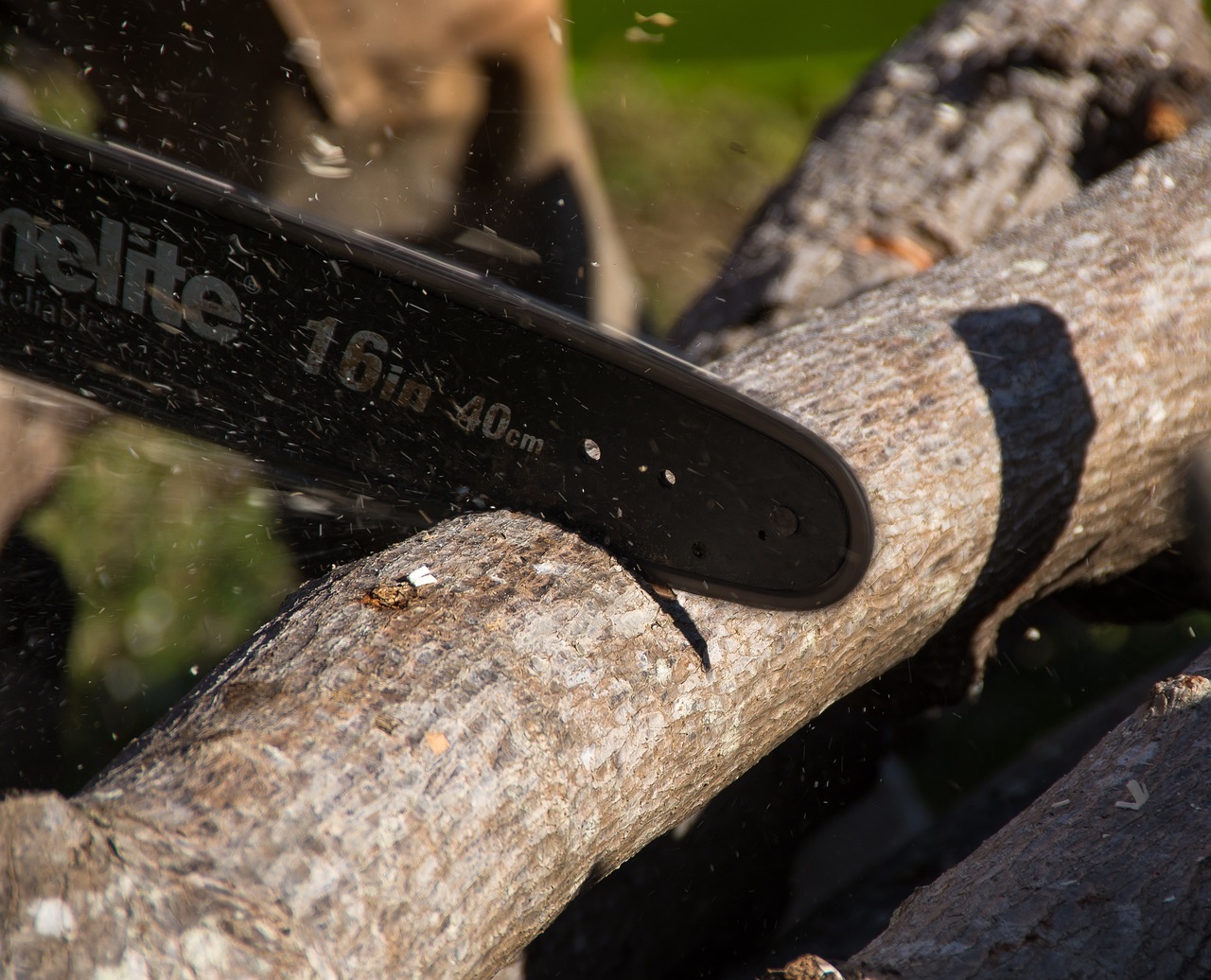
Common Mistakes in Winter Pruning
Winter pruning can be a transformative process for your fruit trees, but it’s easy to make mistakes that can hinder their growth. One of the most common errors is over-pruning. This occurs when you remove too many branches, which can stress the tree and reduce its fruiting potential. Think of it like giving a haircut; if you take off too much, it can take a long time for the tree to recover and grow back.
Another frequent mistake is pruning at the wrong time. While winter is generally the best season for pruning, some trees may require attention at different times of the year. For instance, pruning too early in the winter can expose the tree to harsh temperatures, leading to frost damage. Similarly, waiting too late can hinder the tree's ability to heal before spring growth begins. Timing is everything, and understanding your specific tree's needs is crucial.
Improper cutting techniques are also a major pitfall. Making cuts too close to the trunk or leaving long stubs can both create openings for disease and pests. The ideal cut should be made at a slight angle, just above a bud, to promote healthy healing. It's like making a clean slice when cutting a piece of fruit; a jagged edge can lead to bruising and spoilage.
Additionally, neglecting to clean your tools can lead to the spread of diseases among your trees. Always ensure that your pruning shears and saws are disinfected before and after use. A quick wipe with rubbing alcohol can make a world of difference. Think of it as washing your hands before a meal; it’s a simple step that prevents bigger problems down the line.
Finally, failing to assess the overall health of the tree before pruning can lead to misinformed decisions. If a tree is already stressed due to disease or environmental factors, aggressive pruning can exacerbate the problem. Always take a step back and evaluate the tree’s condition. If you’re unsure, consulting with a local arborist can provide you with the guidance you need.
By avoiding these common mistakes, you can ensure that your winter pruning session is not only effective but also beneficial for the long-term health of your fruit trees. Remember, a little knowledge goes a long way in maintaining a thriving orchard!
- When is the best time to prune my fruit trees?
Generally, winter is the best time for pruning most fruit trees. However, specific varieties may have different needs, so it's wise to research your particular tree type.
- What tools do I need for winter pruning?
Essential tools include pruning shears for small branches, loppers for thicker branches, and saws for larger cuts. Always ensure your tools are sharp and clean.
- How can I tell if I'm over-pruning?
If you notice that your tree is struggling to produce fruit or showing signs of stress like wilting or discoloration, you may have pruned too much.
- Can I prune my trees in the summer?
Yes, summer pruning can help manage tree size and improve sunlight exposure, but it should be done carefully to avoid removing too much foliage.
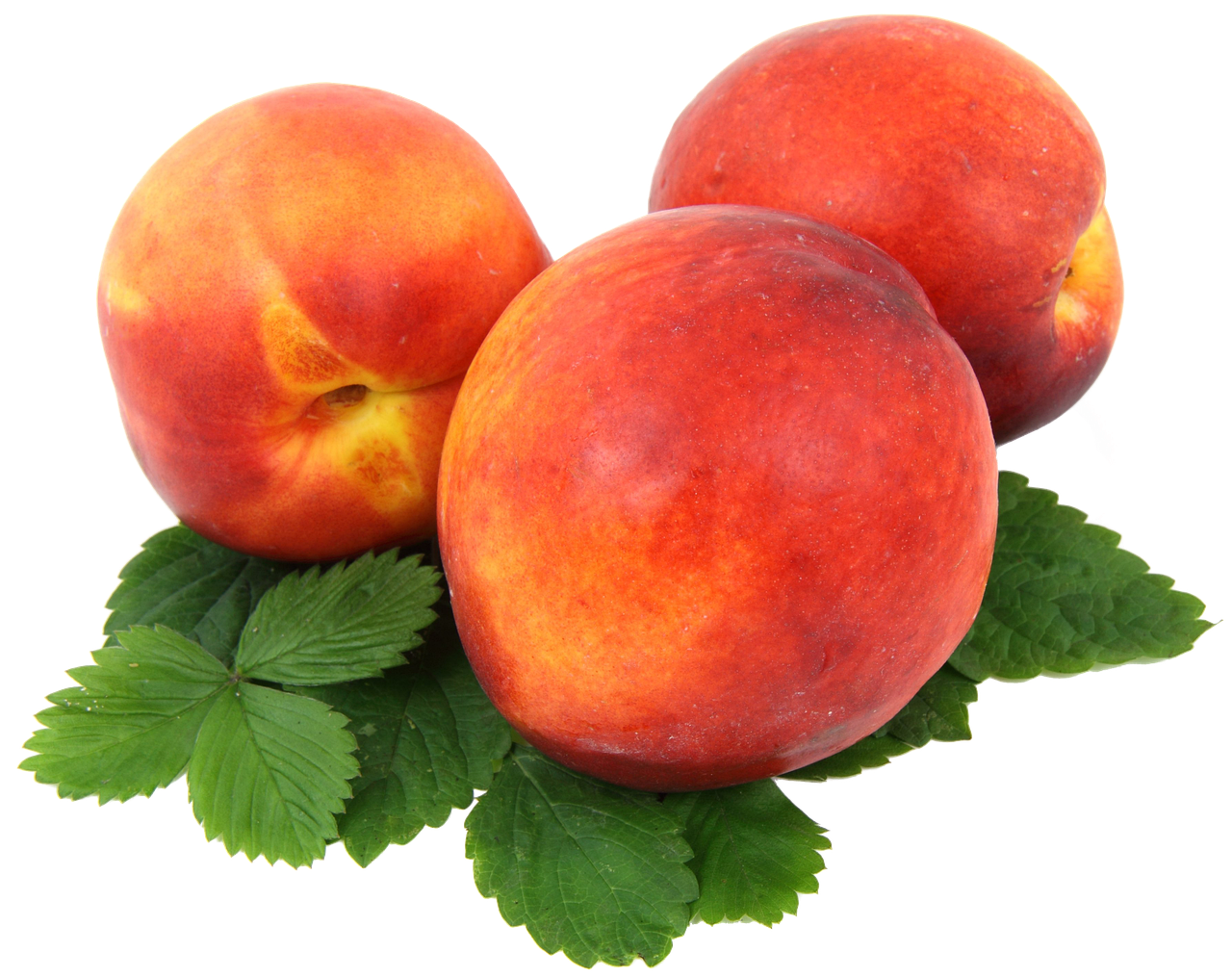
Summer Pruning Techniques
Summer pruning is an essential practice for maintaining the health and productivity of your fruit trees. Unlike winter pruning, which focuses on structural changes, summer pruning is all about controlling growth and enhancing fruit development. When the trees are in full leaf, you can easily see which branches are thriving and which are overgrown. This visibility allows you to make informed decisions about where to cut. But why is this important? Well, just like a hair trim can make you feel lighter and more vibrant, summer pruning can invigorate your trees!
One of the primary goals of summer pruning is to reduce excessive growth. When trees grow too vigorously, they can become dense, leading to poor air circulation and limited sunlight penetration. This can ultimately affect fruit quality and yield. By selectively removing some of the younger, more vigorous shoots, you can redirect the tree's energy towards fruit production rather than excessive foliage. Think of it as giving your tree a little summer workout—trim the excess, and let the fruits shine!
When approaching summer pruning, consider the following techniques:
- Thinning Cuts: These involve removing entire branches to open up the canopy. This technique not only improves air circulation but also allows sunlight to reach more fruit, enhancing their sweetness.
- Heading Cuts: This method shortens branches, encouraging lateral growth. It’s particularly useful for controlling height and promoting a bushier tree, which can lead to a more abundant harvest.
- Pinching: For young trees, pinching off the tips of new growth can help redirect energy to the fruiting parts of the tree, promoting better fruit development.
It's important to remember that summer pruning should be done with a light hand. Over-pruning can stress the tree and lead to reduced fruit production. Aim to remove no more than 20% of the tree’s foliage during a single pruning session. This way, you maintain a balance between growth and fruiting. Also, keep an eye on the weather; pruning during hot, dry spells can lead to increased stress on the tree.
Lastly, after pruning, make sure to monitor your trees closely. Look for any signs of stress or disease, and be prepared to adjust your care routine as needed. Just like a gardener checks in on their plants after a good rain, you should keep an eye on your trees post-pruning to ensure they’re thriving. With the right techniques and a little attention, your summer pruning can lead to a bountiful harvest come fall!
Q: When is the best time to perform summer pruning?
A: The best time for summer pruning is typically between late June and early August. This timing allows you to prune while the tree is actively growing, which helps it recover quickly.
Q: Can I prune all types of fruit trees in summer?
A: While many fruit trees benefit from summer pruning, some trees, like certain stone fruits, may require different timing. Always check specific guidelines for the type of tree you have.
Q: What tools do I need for summer pruning?
A: Essential tools include pruning shears for small branches, loppers for medium-sized branches, and saws for larger limbs. Always ensure your tools are sharp and clean to make precise cuts.
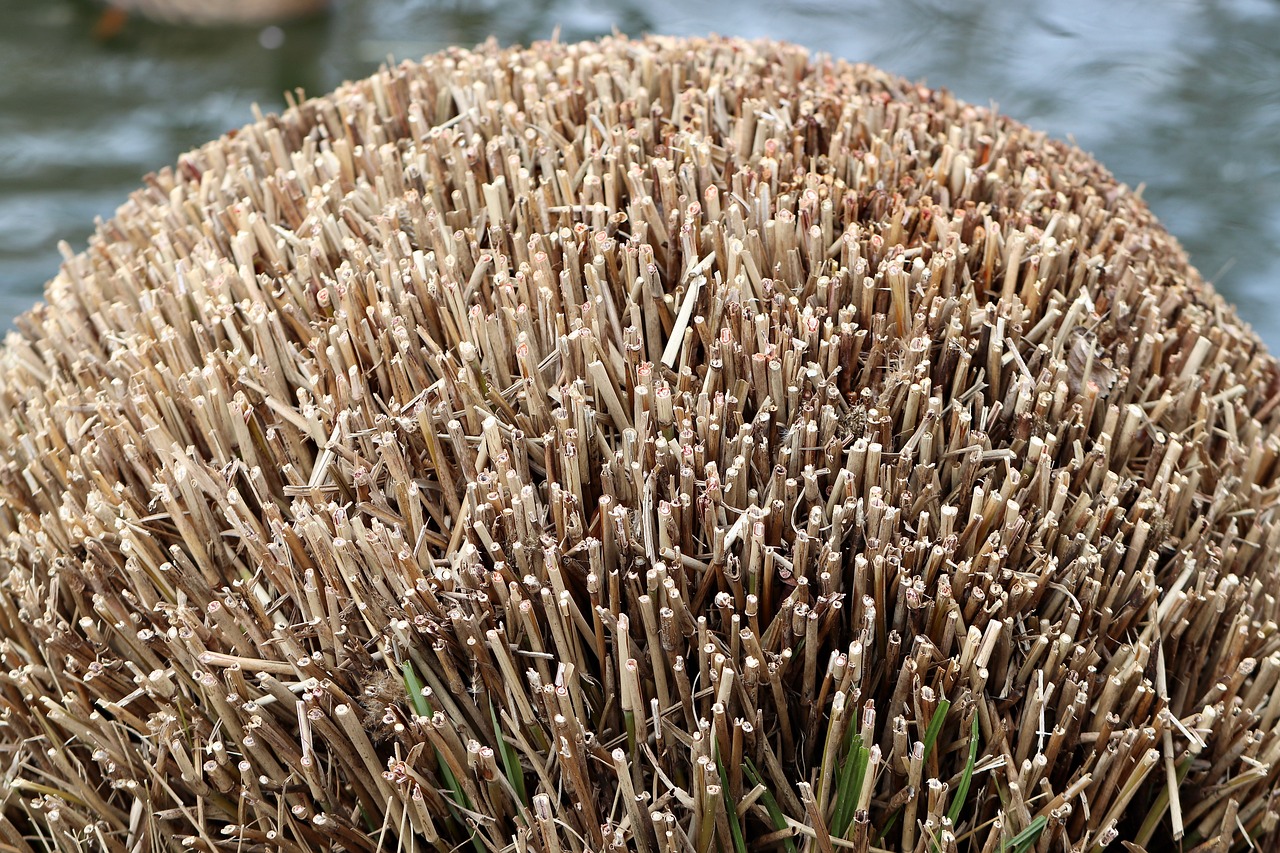
Pruning Techniques for Different Fruit Trees
When it comes to fruit trees, one size does not fit all. Each type of fruit tree has its own unique set of needs and characteristics, which means that understanding specific pruning techniques is essential for maximizing both health and yield. Think of it like cooking; just as you wouldn't use the same recipe for every dish, you can't apply the same pruning method to every fruit tree. Let's dive into the distinctive pruning techniques for some popular fruit trees.
Apple trees are a great starting point. They thrive with a balanced approach to pruning, which emphasizes creating a well-structured canopy. The goal here is to ensure that sunlight can penetrate the tree, which is crucial for fruit development. Aim for an open center when pruning apple trees; this allows for better air circulation and reduces the risk of diseases. Regularly removing dead or overcrowded branches will not only improve airflow but also encourage the growth of new, fruitful branches. Remember, a well-pruned apple tree can produce larger, juicier apples that will make your taste buds dance!
Now, let’s talk about citrus trees. These vibrant trees require a different kind of attention. When pruning citrus trees, the focus is on maintaining their shape while also promoting healthy fruit production. It’s essential to remove any dead or diseased branches, but be cautious not to over-prune, as this can lead to stress and a reduced harvest. Citrus trees benefit from light pruning throughout the year, particularly after fruiting, to encourage new growth. The key is to keep the tree balanced and healthy, ensuring that it can produce those delicious oranges, lemons, or limes that brighten up any dish!
In addition to apple and citrus trees, other fruit trees like peach and pear trees have their own specific needs as well. For instance, peach trees are typically pruned in late winter or early spring, focusing on removing any dead wood and thinning out the branches to promote better fruit size and quality. Pear trees, on the other hand, can be pruned similarly to apple trees, but they often require less frequent pruning. Understanding these nuances is vital for successful fruit production.
| Fruit Tree Type | Best Pruning Time | Key Techniques |
|---|---|---|
| Apple | Late Winter | Open center, remove dead branches |
| Citrus | Post-Fruiting | Maintain shape, light pruning |
| Peach | Late Winter/Early Spring | Thin branches, remove dead wood |
| Pear | Late Winter | Similar to apple, less frequent |
As you can see, each fruit tree has its own personality and needs when it comes to pruning. By tailoring your approach to the specific type of tree, you'll not only enhance its health but also enjoy the fruits of your labor—literally! So grab your pruning shears and get ready to give your trees the care they deserve.
Q: How often should I prune my fruit trees?
A: Generally, fruit trees should be pruned annually, but the frequency can vary based on the type of tree and its growth rate. Always observe your trees and adjust your pruning schedule accordingly.
Q: Can I prune my trees in the summer?
A: Yes, summer pruning can be beneficial, especially for controlling size and encouraging fruit development. Just be cautious not to overdo it, as excessive pruning can stress the tree.
Q: What tools do I need for pruning?
A: Essential tools include pruning shears for small branches, loppers for medium branches, and saws for larger limbs. Always ensure your tools are sharp and clean to make precise cuts.
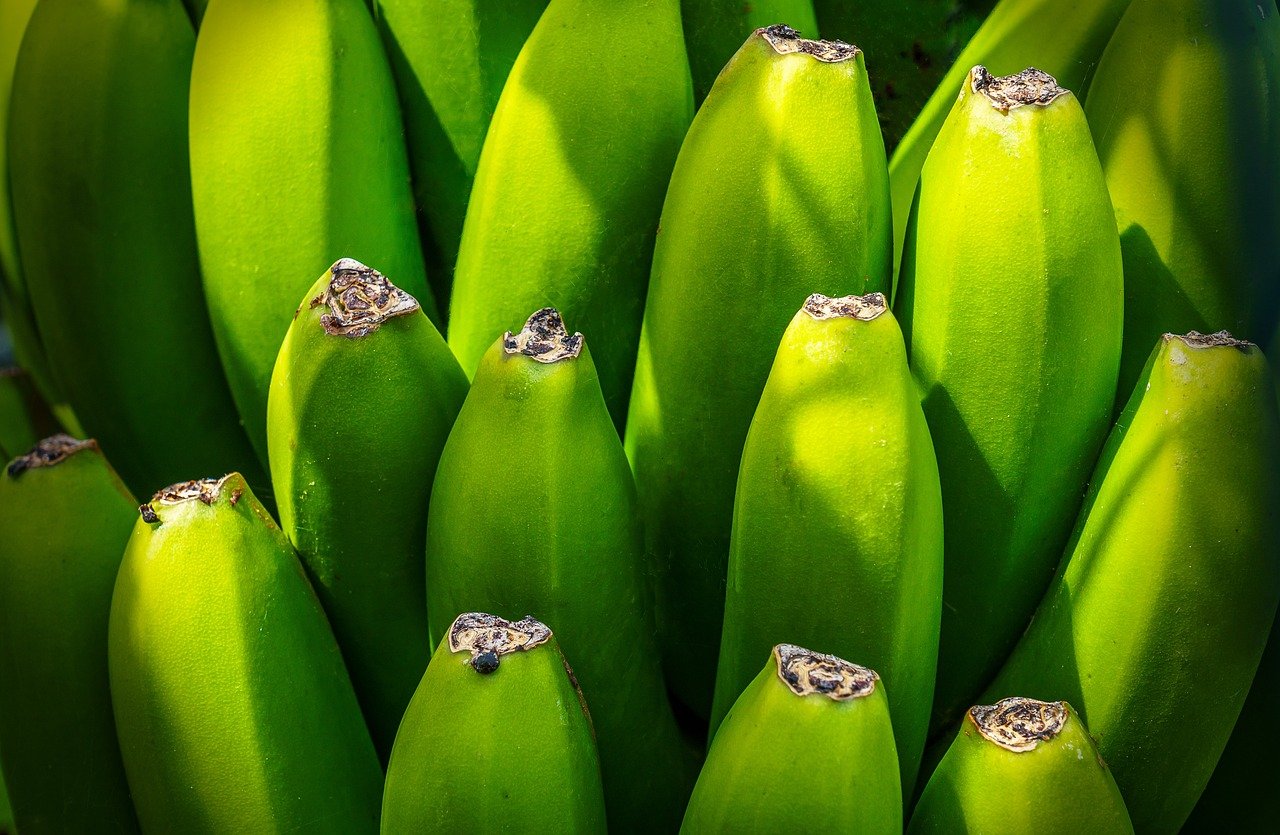
Apple Tree Pruning
When it comes to pruning apple trees, a balanced approach is essential for achieving both shape and airflow. Think of your apple tree as a sculptor's canvas; the more you prune, the more defined and beautiful it becomes. However, it's not just about aesthetics; proper pruning techniques can significantly enhance both the quality and quantity of your fruit. So, how do you go about this? Let’s dive into the details!
First and foremost, understanding the structure of the apple tree is crucial. Apple trees typically have a central leader, which is the main trunk that extends upward. This leader should be surrounded by well-spaced lateral branches. When pruning, aim to maintain this structure while removing any dead, diseased, or crossing branches. This is where the concept of airflow comes into play. Good airflow reduces the risk of fungal diseases and promotes healthy growth.
Timing is also a key factor in effective pruning. The best time to prune apple trees is during the late winter or early spring when the tree is still dormant but before new growth begins. This timing not only minimizes stress on the tree but also allows you to see the tree's structure more clearly. If you prune too early, you risk cutting off buds that could have developed into blossoms, and if you wait too long, you may disturb the new growth.
Here are some essential techniques to keep in mind:
- Thinning Cuts: These cuts remove entire branches, allowing sunlight to penetrate the canopy and air to circulate freely.
- Heading Cuts: These cuts shorten branches, encouraging bushier growth and more fruiting spurs.
- Cleaning Cuts: Always remove any dead or diseased wood to keep your tree healthy.
Another vital aspect of pruning is shaping. You want your apple tree to have an open center, which allows light to reach all parts of the tree. This can be achieved by selectively removing branches that are growing inward or are too crowded. Think of it like giving your tree a haircut; you want it to look good and feel good, which in turn leads to better fruit production.
Lastly, always remember to use the right tools for the job. Sharp pruning shears, loppers, and saws are essential for making clean cuts. A clean cut helps the tree heal quickly, reducing the risk of disease. It's worth investing in quality tools because they make the job easier and ensure that you’re not damaging the tree in the process.
In summary, pruning apple trees is not just a chore; it’s an art form that, when done correctly, leads to a flourishing tree and a bountiful harvest. By understanding the structure, timing your cuts, and employing the right techniques, you can ensure your apple trees are not only healthy but also productive. So grab those shears and get ready to transform your apple orchard into a thriving paradise!
Here are some common questions regarding apple tree pruning:
- When is the best time to prune apple trees? Late winter or early spring is ideal when the tree is dormant.
- How much can I prune? Aim to remove about 20-30% of the tree's growth to maintain health without stressing it.
- What tools do I need? A good pair of pruning shears, loppers, and a saw for larger branches will do the trick.
- Can I prune in summer? Yes, summer pruning is beneficial for controlling growth, but be cautious not to remove too much.
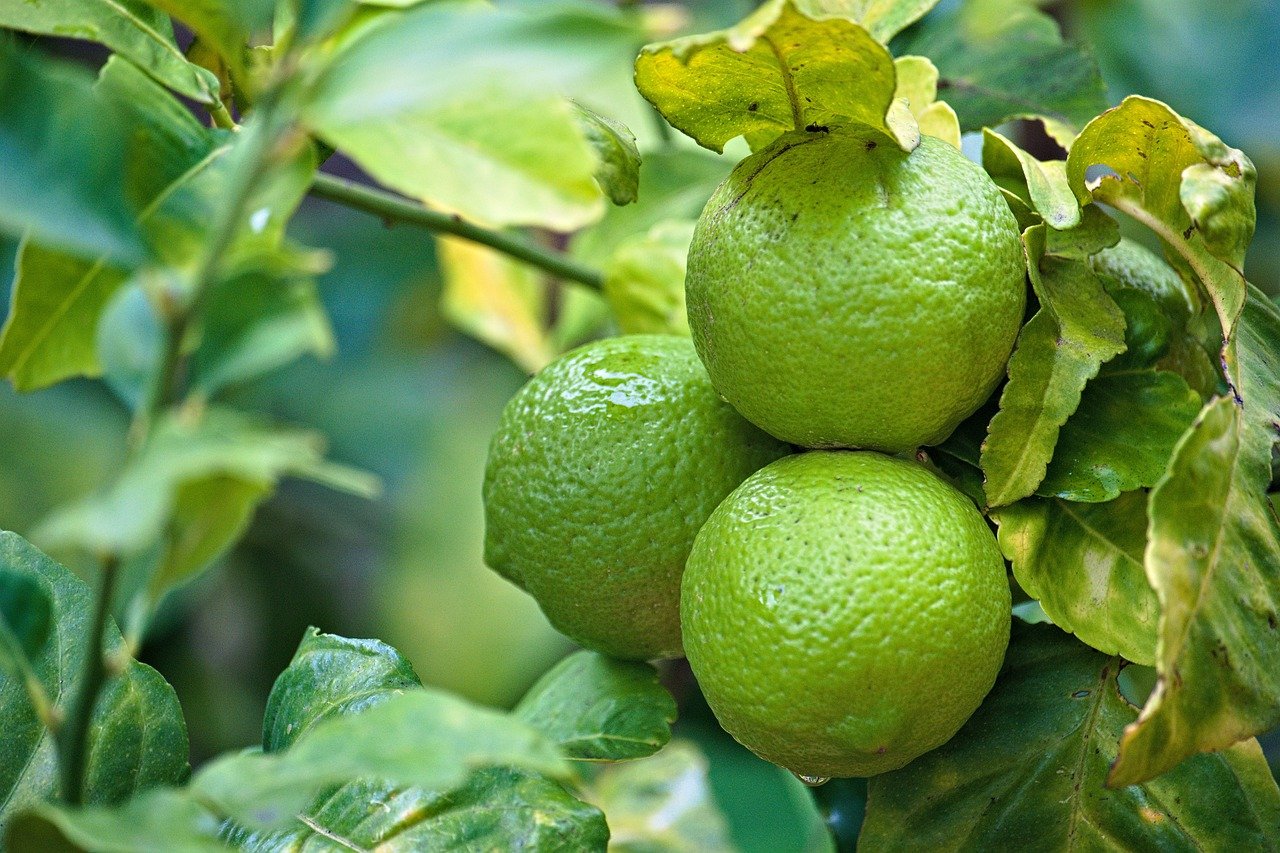
Citrus Tree Pruning
When it comes to , the goal is to maintain a healthy tree while maximizing fruit production. Unlike some other fruit trees, citrus trees require a delicate touch and careful consideration during the pruning process. This is because improper pruning can lead to reduced yields and even tree stress. So, how do you achieve that perfect balance? Let's dive into the essential techniques and tips for pruning citrus trees effectively.
First and foremost, it's crucial to understand that citrus trees thrive on sunlight and air circulation. To facilitate this, you should focus on removing any dead, damaged, or diseased branches. These branches not only take away valuable nutrients from the healthy parts of the tree but can also serve as a breeding ground for pests and diseases. When pruning, always make clean cuts at a slight angle to promote healing and prevent water from pooling on the cut surface.
Another key aspect of citrus tree pruning is maintaining an open center. This technique allows sunlight to penetrate the canopy, which is vital for fruit development. You can achieve this by selectively removing branches that cross each other or grow inward. Think of it as giving your tree a haircut—you're not just trimming it down; you're shaping it to encourage healthy growth and fruit production.
Timing is also an essential factor in the pruning process. The best time to prune citrus trees is typically in late winter or early spring, just before the new growth begins. This timing helps minimize stress on the tree and takes advantage of its natural growth cycle. However, if you notice any branches that are clearly dead or diseased, don't hesitate to remove them at any time of the year. It's better to act quickly than to let issues fester.
Additionally, consider the age of your citrus tree when deciding how much to prune. Young trees benefit from formative pruning to establish a strong structure, while mature trees may only need maintenance pruning to remove excess growth. For younger trees, aim to create a vase-like shape with an open center, while for older trees, focus on thinning out crowded branches to enhance airflow.
In terms of tools, having the right equipment is essential for successful citrus tree pruning. A good pair of pruning shears is a must for smaller branches, while loppers can be used for thicker limbs. For larger branches, a pruning saw will do the trick. Always make sure your tools are sharp and clean to ensure smooth cuts and reduce the risk of disease transmission.
Lastly, it's important to be aware of common mistakes when pruning citrus trees. Over-pruning can lead to stress and reduced fruit production, so it's best to err on the side of caution. Remember, less is often more when it comes to pruning. If you're unsure, consult a local horticulturist or extension service for guidance tailored to your specific citrus variety.
- How often should I prune my citrus trees? Generally, citrus trees should be pruned once a year, usually in late winter or early spring.
- Can I prune citrus trees in the summer? While it's not typically recommended, light pruning in the summer can be done if necessary, especially to remove dead or diseased branches.
- What should I do with the cut branches? It's best to dispose of cut branches away from your garden to prevent the spread of pests and diseases.
- How can I tell if my citrus tree needs pruning? Look for overcrowded branches, dead or damaged limbs, and signs of disease. If in doubt, a little pruning is usually better than none.
Frequently Asked Questions
- What is the main purpose of pruning fruit trees?
Pruning fruit trees is essential for promoting healthy growth, increasing fruit yield, and improving air circulation within the tree. By regularly pruning, you can ensure that your trees remain robust and productive throughout their growing seasons.
- When is the best time to prune fruit trees?
The ideal time to prune fruit trees varies depending on the species. Generally, winter is considered the best time for many fruit trees as they are dormant, making it easier to see the tree structure and minimizing stress. However, summer pruning can also be beneficial for controlling size and enhancing fruit development.
- What tools do I need for winter pruning?
To effectively prune your fruit trees in winter, you'll need a few essential tools. These include pruning shears for small branches, loppers for medium-sized branches, and saws for larger cuts. Using the right tools ensures clean cuts, which helps reduce the risk of disease.
- What are some common mistakes to avoid while pruning?
Some common mistakes in pruning include over-pruning, making improper cuts, and not considering the tree's natural shape. These errors can significantly impact the health of the tree and its fruit production. It's crucial to educate yourself on proper techniques to maintain optimal growth.
- How should I prune an apple tree?
Apple trees benefit from a balanced pruning approach that emphasizes maintaining shape and ensuring good airflow. Focus on removing dead or crossing branches and thinning out crowded areas to enhance light penetration, which can improve fruit quality and quantity.
- What specific techniques are recommended for pruning citrus trees?
Citrus trees require careful pruning to maintain their shape and promote healthy fruit production. It's recommended to remove dead or diseased branches, thin out excess growth, and shape the tree to allow sunlight to reach the inner branches. Proper techniques lead to abundant harvests.



















